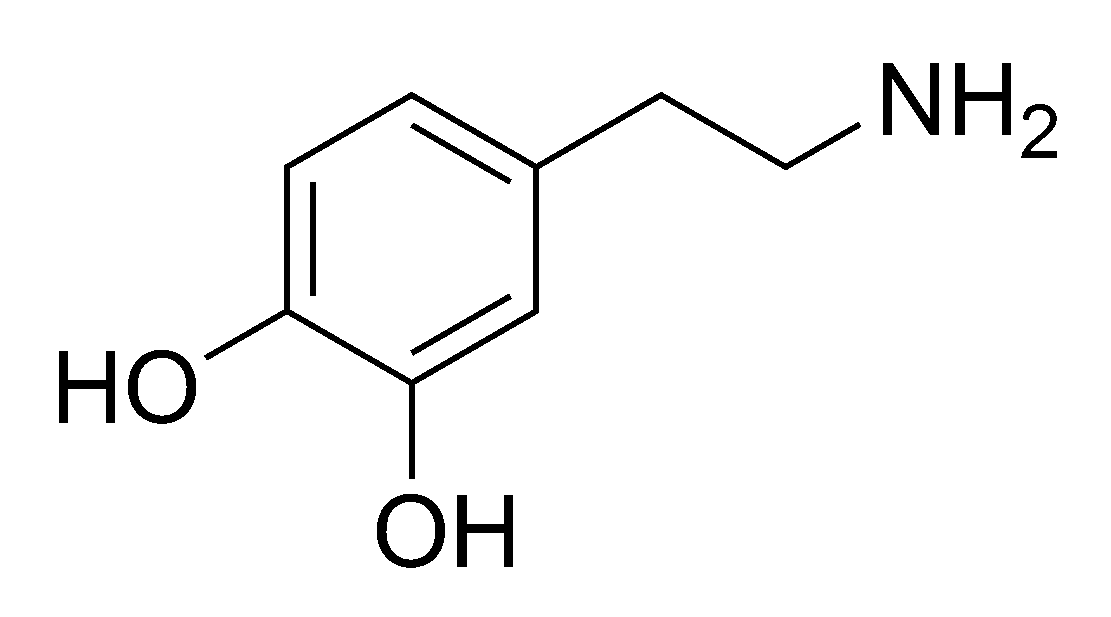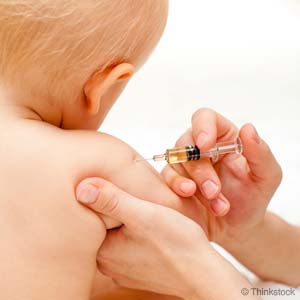
A study published in Frontiers in Psychology, details how the heart rates of choral singers synch up during a performance. As explained by Scicurious at Scientific American:
How exactly is this supposed to work? Well, when you think of singing, don’t just think of the tempo of the music, think also of what singing entails. It’s not like playing the piano, it involves really controlling your breathing as well as the notes you are singing. Anyone with choir experience (or experience playing wind instrument like the clarinet or trumpet) will tell you that you have to learn to write in “breathmarks”, places in the music where you can breathe. When singing, these are often pretty regular, but also a little bit (or sometimes a good bit) further apart than natural breathing.
If you are controlling your breathing in this way, it means that your breathing can begin to exert control over your heartrate. Heart rate and breathing can affect each other, and so the slow, regular breathing with slow paced singing can change the heart rate variability.
Note, this is heart rate VARIABILITY, not just heart rate. Your heart rate is much more variable than most people think. Every time you exhale, for example, activation of the vagus nerve causes your heart rate to slow down a very little bit. When you inhale, this braking action is released and the heart rate speeds up again. The fluctuation here is heart rate variability, and it’s constantly changing.
But if heart rate variability is controlled to some extent by the rate of your inhaling and exhaling, and if singing involves everyone inhaling and exhaling together…then group singing could affect group heart rate variability.

